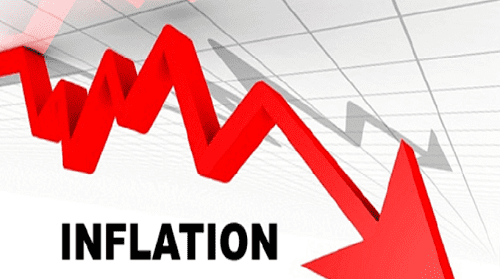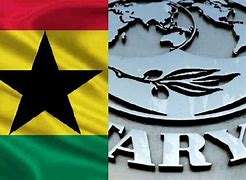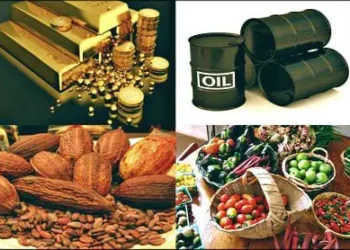Ghana’s inflation rate continued its downward trajectory for the fifth consecutive month, easing to 21.2% in April 2025 from 22.4% recorded in March.
This marks the lowest inflation rate the country has experienced in the last eight months and signals a gradual but consistent deceleration in consumer price.
According to the Ghana Statistical Service (GSS), the sustained decline is attributed to reduced inflation in both food and non-food components and a strengthening of the local currency. These dynamics have helped to curb import-related price pressures, a key contributor to the country’s inflationary challenges in recent times.
The report presented by the new Government Statistician, Dr. Alhassan Iddrisu, at a press conference in Accra, revealed that both food and non-food inflation moderated during the period under review. Food inflation dropped to 25.0% in April, down from 26.5% in March. Similarly, non-food inflation declined to 17.9% from 18.7%.
“These marginal drops indicate a balanced contribution from both sectors of the consumer basket,” Dr. Iddrisu stated. He emphasized that the decline reflects easing pressures in transportation, utilities, and essential food items such as grains and vegetables.
The statistics also showed a positive trend in the pricing of locally manufactured goods. Inflation for locally produced items fell from 24.0% in March to 22.7% in April, reinforcing the perception that internal supply conditions are improving.
This development suggests that the government’s recent efforts to boost local production, particularly in agriculture and manufacturing, may be starting to yield results. It also underscores the importance of reducing reliance on imported goods, which are more susceptible to global supply chain disruptions and exchange rate volatility.
Cedi’s Strength Contributes to Eased Import Costs
One of the most influential factors in the disinflationary trend is the recent strengthening of the Ghanaian cedi. The improved exchange rate has helped reduce the cost of imports, especially for fuel, food, and raw materials. These items have traditionally exerted upward pressure on prices due to Ghana’s dependence on external markets.
Analysts have noted that the Bank of Ghana’s tight monetary stance and fiscal consolidation efforts have played key roles in stabilizing the currency, which in turn has supported lower inflation.
The April data also indicated a 0.8% month-on-month decline in consumer prices. This suggests not only a slowdown in the rate of increase but an actual reduction in average prices between March and April.
While such month-on-month decreases are rare in Ghana’s inflation history, they offer consumers some relief amid persistent cost-of-living concerns.
Recommendations for Sustaining the Trend
Despite the positive outlook, Dr. Iddrisu warned against complacency. He emphasized the need to sustain macroeconomic stability through coordinated monetary and fiscal policies.
He called on the government to continue supporting social intervention programmes such as the Livelihood Empowerment Against Poverty (LEAP), the Capitation Grant, and the School Feeding Programme. “These initiatives are vital to protecting the real incomes of vulnerable populations as the economy recovers,” he stated.
Dr. Iddrisu further recommended fast-tracking the implementation of the “Agriculture for Transformation” programme, which is expected to modernize agricultural production and reduce food inflation sustainably.
While April’s figures offer cause for cautious optimism, economic analysts remain watchful. Volatility in global commodity markets, climate-related threats to agriculture, and fiscal pressures could potentially reverse the gains made.
However, if the cedi remains stable and local production continues to strengthen, Ghana could be on a path to achieving the single-digit inflation target set by the government over the medium term.
As the government pursues policy reforms and social support programmes, the country must now focus on maintaining this momentum to restore economic stability and build resilience against future shocks.
READ ALSO: GSE Market Cap Soars to GHS 139 Billion Despite Turnover Dip























